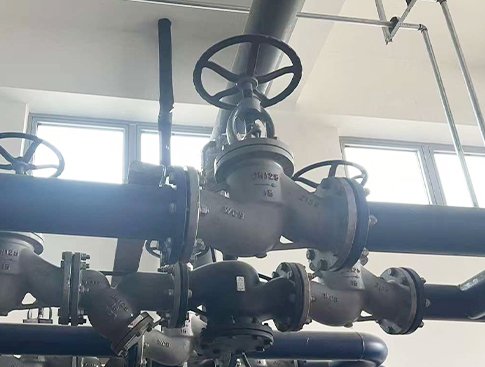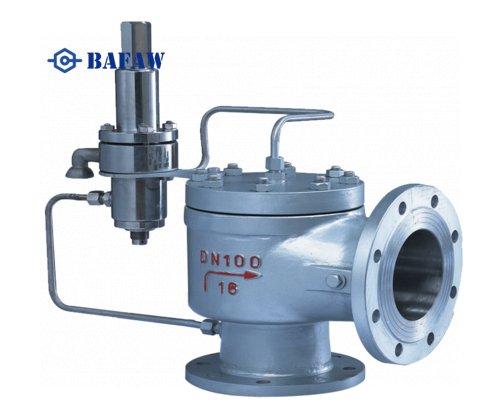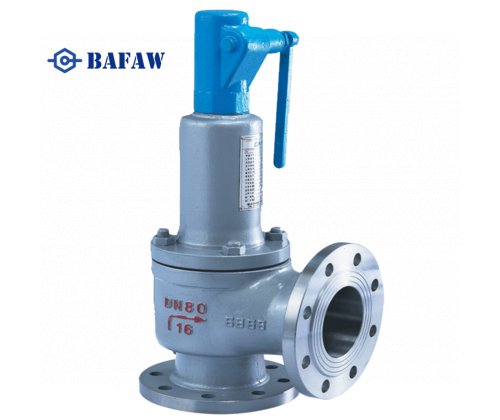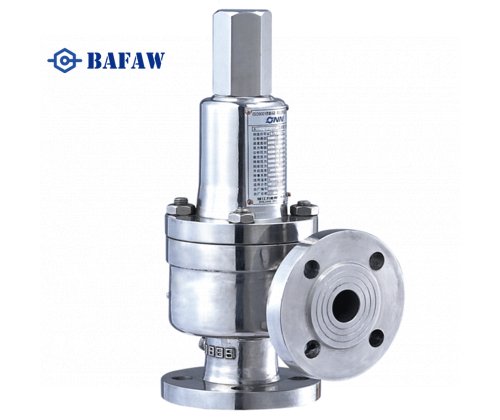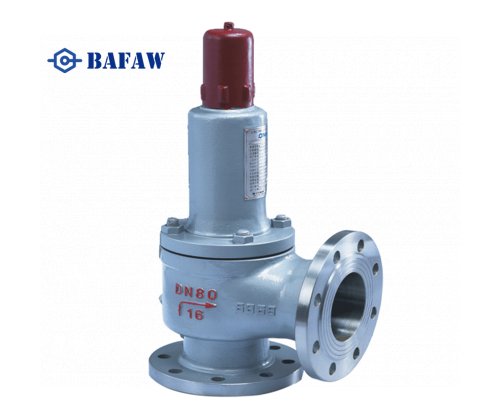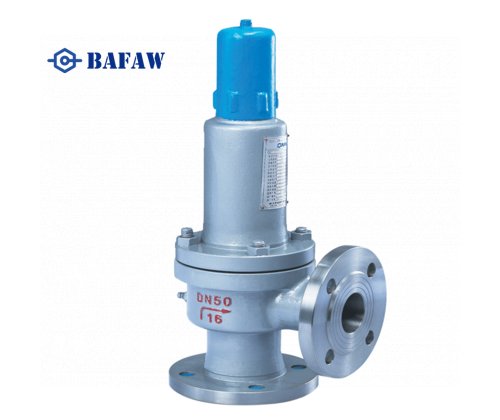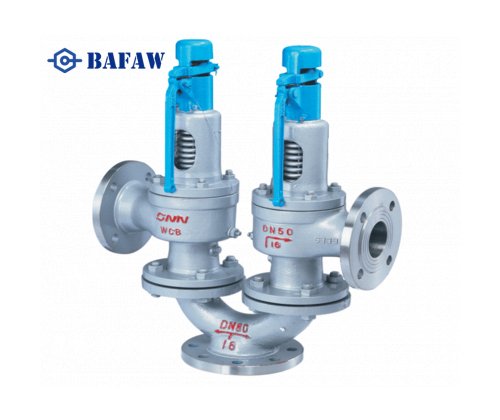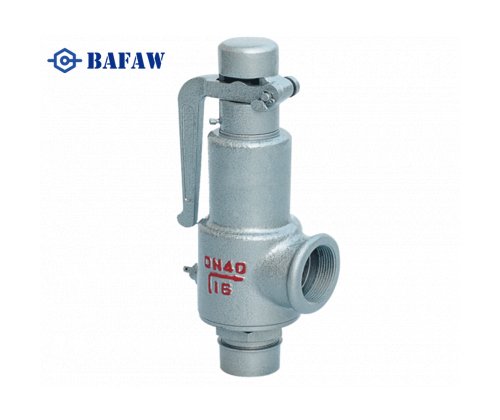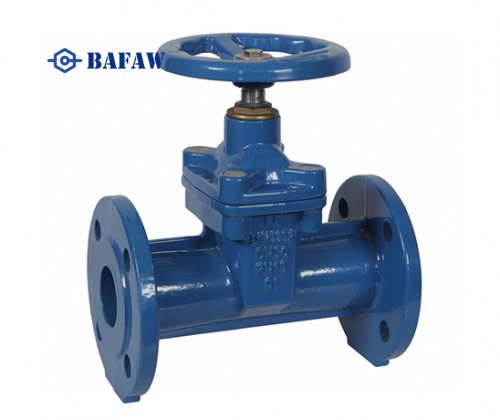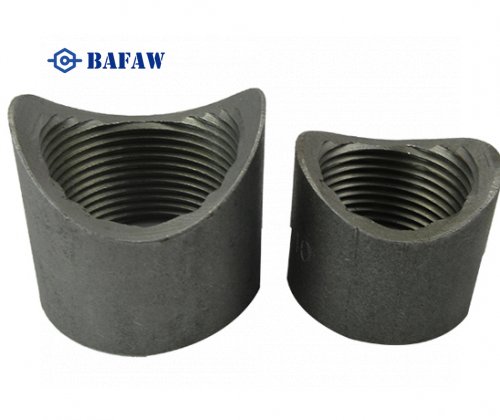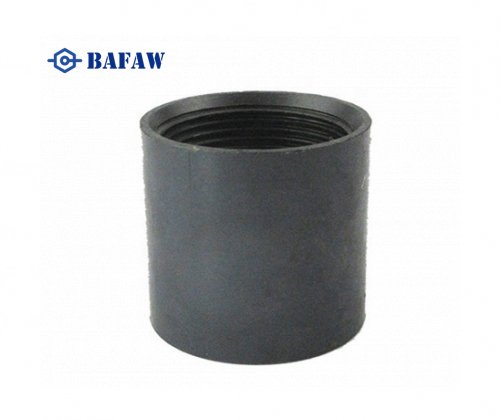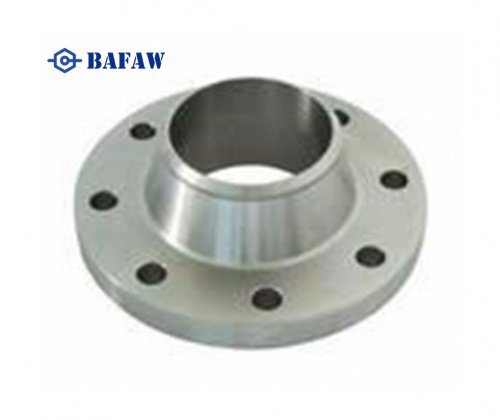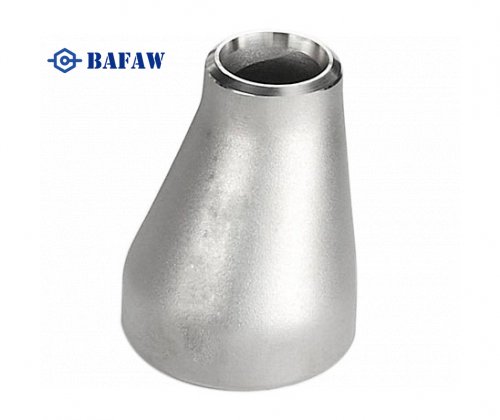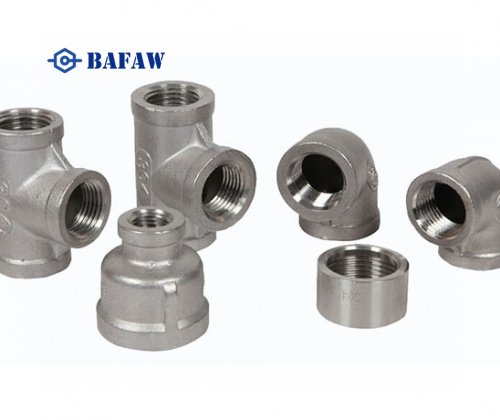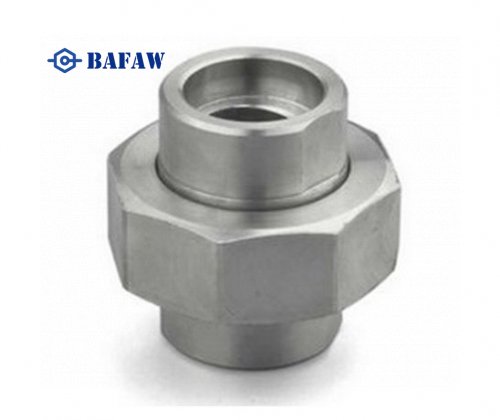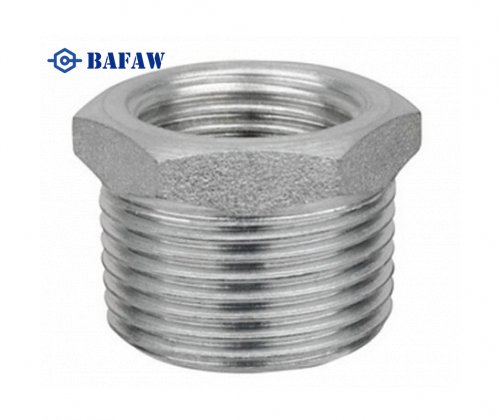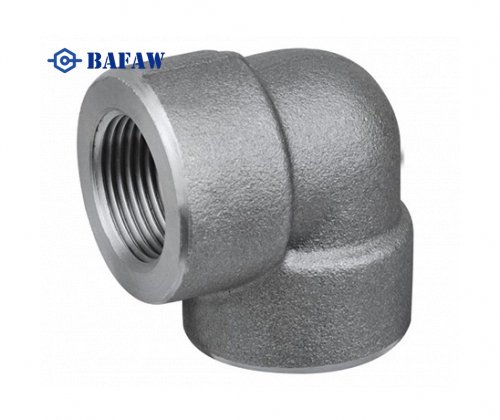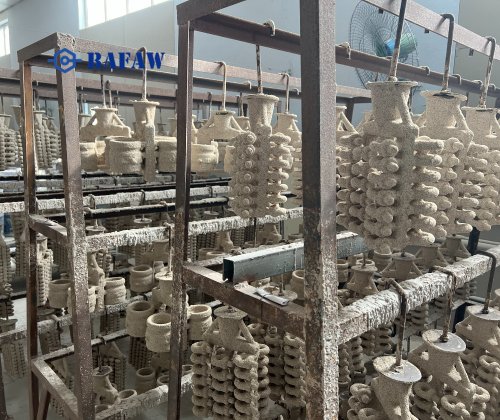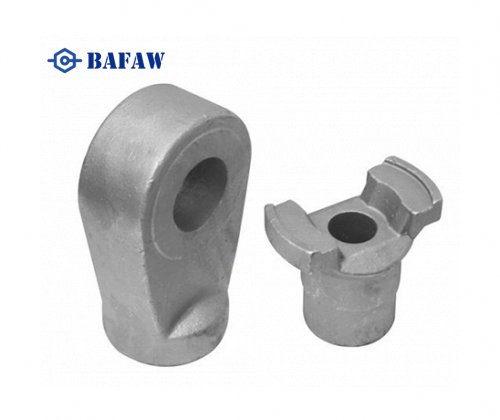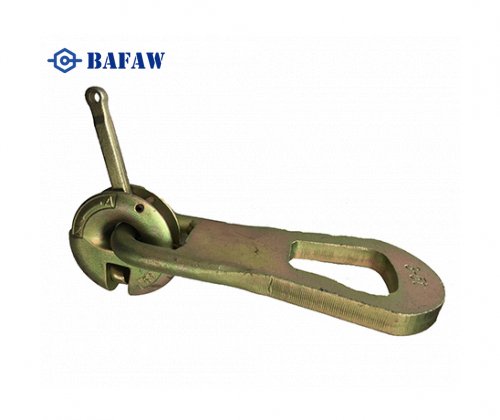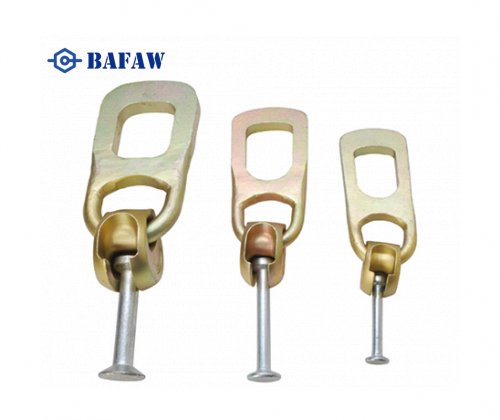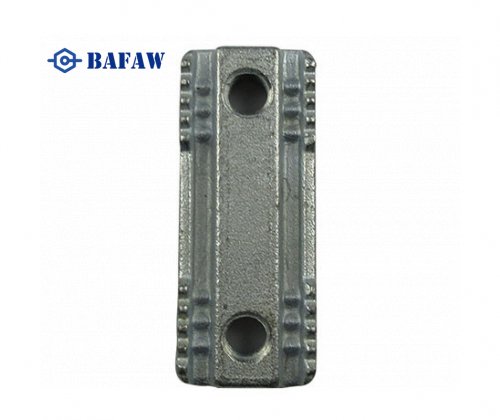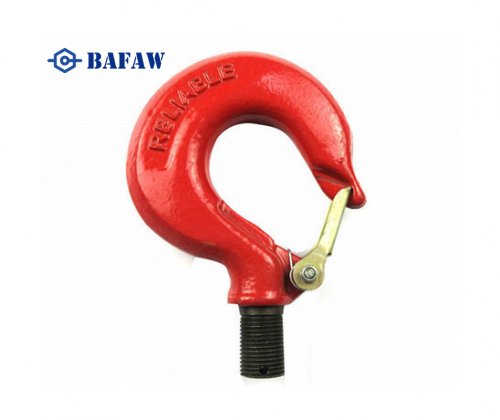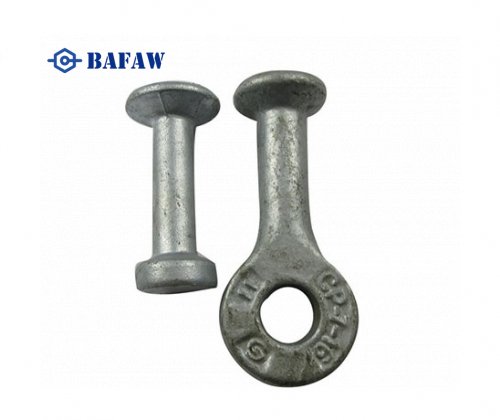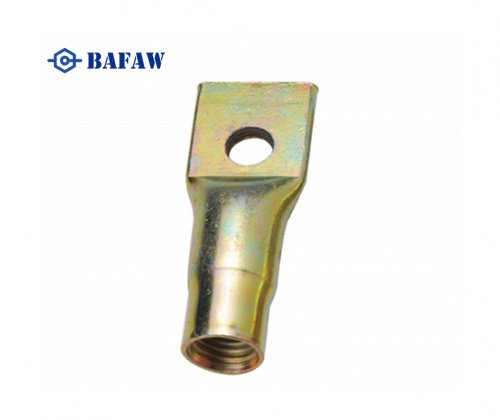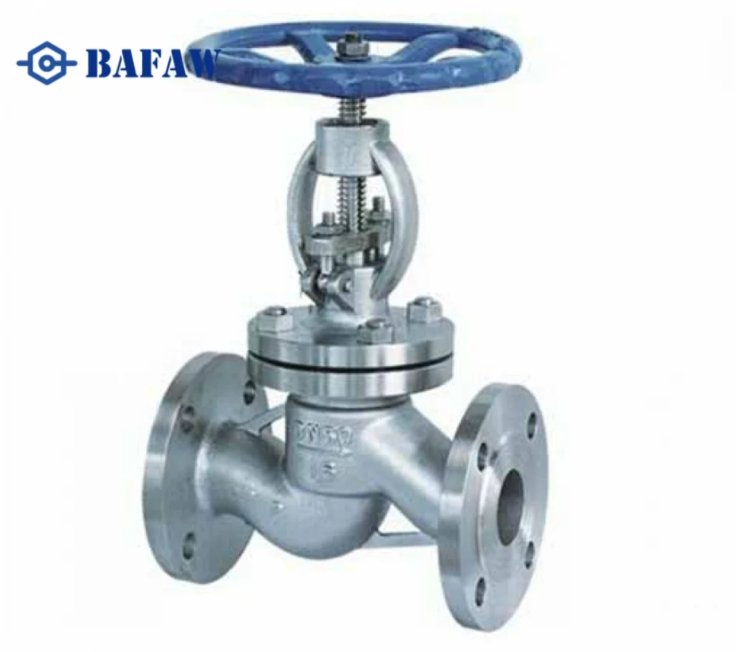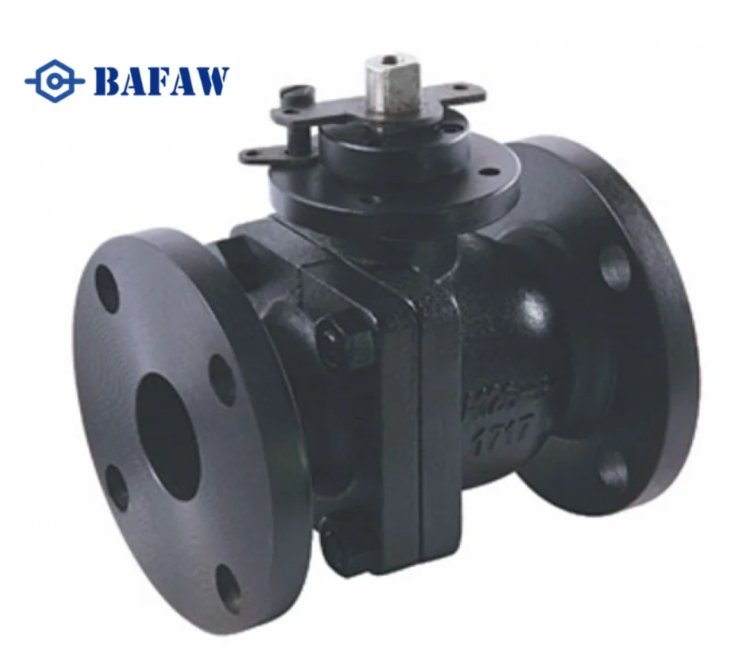Ball valves have a hollow ball that rotates inside the valve, requiring a simple 90-degree rotation for quick shutoff and full flow. In contrast, globe valves utilize a disc that moves vertically through the stem for more precise control of fluid flow.
What are the similarities between globe and ball valves?
Both valves are designed as shut-off devices that open or restrict the flow within a pipeline as needed.
Globe and ball valves can be operated manually by a handle or lever or automatically by an actuator.
In summary, although globe and ball valves differ in design and operation, they both have the primary function of controlling and stopping the flow of fluid in a piping network and offer both manual and automatic operation options.
Internal Structure And Mechanism:
Globe valve CV is relatively low compared to the ball valve, full bore design of the ball valve flow coefficient Cv can reach more than 95% of the gate valve of the same caliber,
while the globe valve can only reach 60-70% of the intrinsic flow characteristics of the fast-opening characteristics, the flow rate of small openings change drastically.
The flow characteristics of the ball valve is close to equal percentage characteristics, more suitable for flow regulation.
Pressure Loss:
When discussing valves, it is critical to understand head loss. Head loss is the reduction in pressure as a fluid passes through a valve and affects the efficiency of the overall system. The design of the valve plays an important role in pressure loss.
Because globe valves have a “Z” shaped flow path, the fluid must change direction several times. This leads to higher localized pressure losses, with pressure loss coefficients ζ typically ranging from 4 to 6. This complex path leads to more turbulence and resistance, which results in a greater pressure drop.
On the other hand, the performance of a ball valve is quite different. When fully open, the flow path in a ball valve is smooth and unobstructed with minimal pressure loss. At this point, the pressure loss coefficient ζ is significantly lower, usually between 0.1 and 0.3. This streamlined flow path transmits fluid more efficiently and maintains higher pressure levels than a globe valve.
In summary, although globe valves can effectively control flow, they are bound to have higher head losses due to their complex flow paths. Ball valves, with their simple design, are the best choice for critical applications where pressure losses are minimized.
Sealing Performance:
Globe valves are available with API 598 Class VI seals, and metal seals are available up to Class IV or Class V.
Ball valves are available with soft seals up to API 598 Class VI seals and metal seals typically up to Class V seals.
Temperature Range
Metal Sealed Globe Valves are available for temperatures from -196°C to 550°C.
Soft-sealed ball valves are normally suitable for temperatures from -29°C to 180°C, metal-sealed ball valves can be extended to -196°C to 450°C
What Similarities do Globe Valves And Ball Valves Share?
Functionality: Both globe and ball valves serve as shut-off devices, capable of allowing or halting the flow of liquids and gases through piping.
Operation: They can be operated using manual levers or automated systems, offering flexibility in system control.
Working
Globe valves use the valve flap along the centre line of the valve seat of the linear lift movement to control the fluid, through the mandatory seal to achieve media cut-off. Ball valves use the ball of 90 degrees to control the fluid, a quarter of the rotation can be completed full open or full closed.
Application Scenario:
Globe valves are used where frequent adjustments are required, typically in steam, high-temperature and high-pressure systems. These valves excel in throttling applications, and their design allows for finer adjustments.
Ball valves, on the other hand, are suitable for applications where quick shutoff is required, and are widely used in oil, gas and chemical industries. Ball valves excel as shut-off valves due to their quick operation and reliable sealing.
This makes ball valves the best choice for applications that require tight sealing and fast response, ensuring minimal leakage and operational efficiency.
In summary:
Globe valves: best suited for throttling and fine control, especially in challenging environments such as steam and high-pressure systems.
Ball Valves: Suitable for fast closing and tight sealing, commonly used in industries where a quick and safe stopping of flow is required.
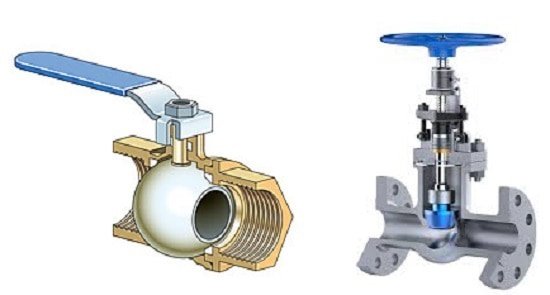
Installation Position Of Globe Valve
When considering installation space requirements, globe valves and ball valves have distinct differences.
Globe Valves
Size and Structure: Globe valves typically require more space. The stem and disk design necessitate additional room, making these valves more suitable for larger installations.
Ball Valves
Compact Design: Ball valves boast a more compact structure, enabling them to fit seamlessly into tighter spaces.
Globe valves are used where frequent adjustments are required and are commonly used in steam, high-temperature and high-pressure systems. They excel in throttling applications for precise flow control.
They are ideal when you need to precisely regulate fluid flow.
On the other hand, ball valves are suitable for applications that require fast shutoff and are widely used in oil, gas, and chemical industries. They offer excellent performance as shut-off valves, providing a tight seal with very little effort.
This makes them ideal for applications that require a completely fast shutoff.
Ultimately, the choice between a globe valve or a ball valve depends on the specific requirements of your application. If precise flow control is your priority, then globe valves are the best choice.
However, for applications that require fast and reliable shutoff, ball valves are a better choice.
It is important to note that the direction of installation of the globe valve must be confirmed and not reversed. Reverse installation can lead to a series of serious consequences, including reversal of the direction of water flow, unstable temperature control, accelerated wear of equipment, flow regulation failure, increased safety hazards, reduced system efficiency, maintenance difficulties, and the potential risk of media leakage.
